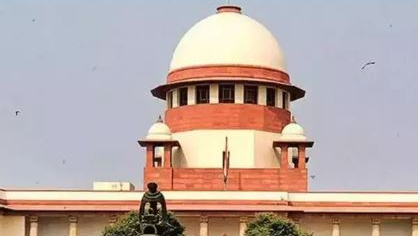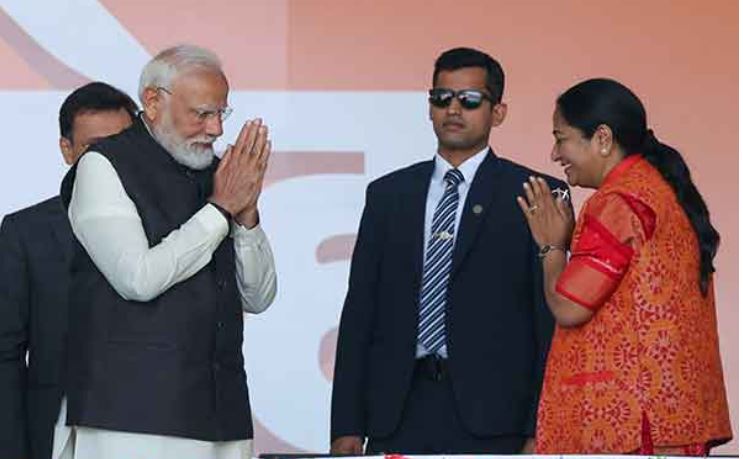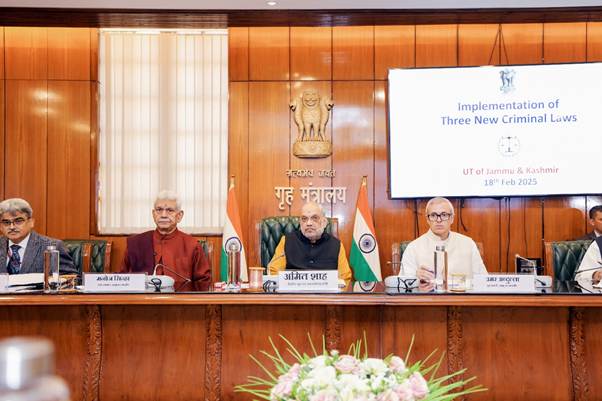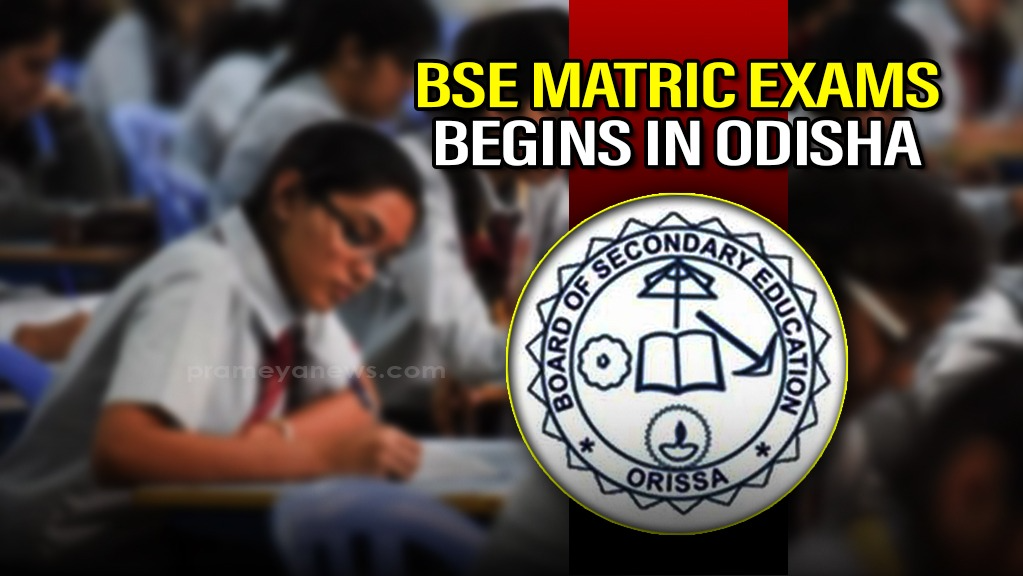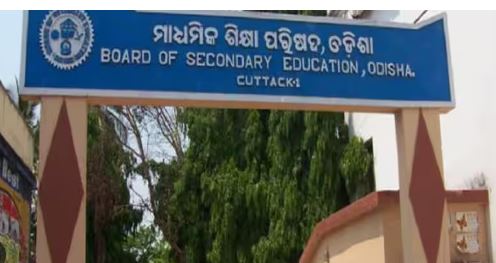New Delhi, Feb 19: The Supreme Court has emphasized that individuals in key media positions must exercise extreme caution and responsibility before publishing news, statements, or opinions, recognizing the importance of the right to freedom of speech and expression. Justices J.B. Pardiwala and R. Mahadevan noted that the media plays a crucial role in shaping public opinion, with the ability to influence public sentiment and perceptions swiftly.
This observation was made when the court dismissed a defamation case against the editorial director of The Times of India and other journalists, who were accused of publishing defamatory content regarding the authenticity of paintings being auctioned by Bid & Hammer - Fine Art Auctioneers.
In its February 18 judgment, the court reiterated that the right to freedom of speech under Article 19(1)(a) of the Constitution is paramount, but also highlighted that media professionals, particularly those in key positions, must ensure caution and responsibility when publishing. "The pen is mightier than the sword," the court quoted from English writer Bulwer Lytton, underscoring the influence of the media.
The court emphasized that a single article or report could have a profound impact, potentially shaping public beliefs and judgments, while also posing a risk of significant harm to reputations, with long-lasting consequences. Therefore, accuracy and fairness in media reporting are crucial, especially when addressing matters that could affect the integrity of individuals or institutions. Publications should always serve the public interest and be made in good faith, the bench stated.
The case arose from an appeal filed by the journalists against a Karnataka High Court order that had dismissed their petition challenging the initiation of criminal proceedings against them under Sections 499 (defamation) and 500 (punishment for defamation) of the Indian Penal Code.
The complainant, an art auction house, claimed the news article in question fostered unjust suspicion about the authenticity of the works they offered for sale, which in turn damaged their reputation. However, the Supreme Court found procedural flaws in the magistrate’s summons order and noted that the complainant failed to present evidence to substantiate that the defamatory statements had caused reputational harm.






